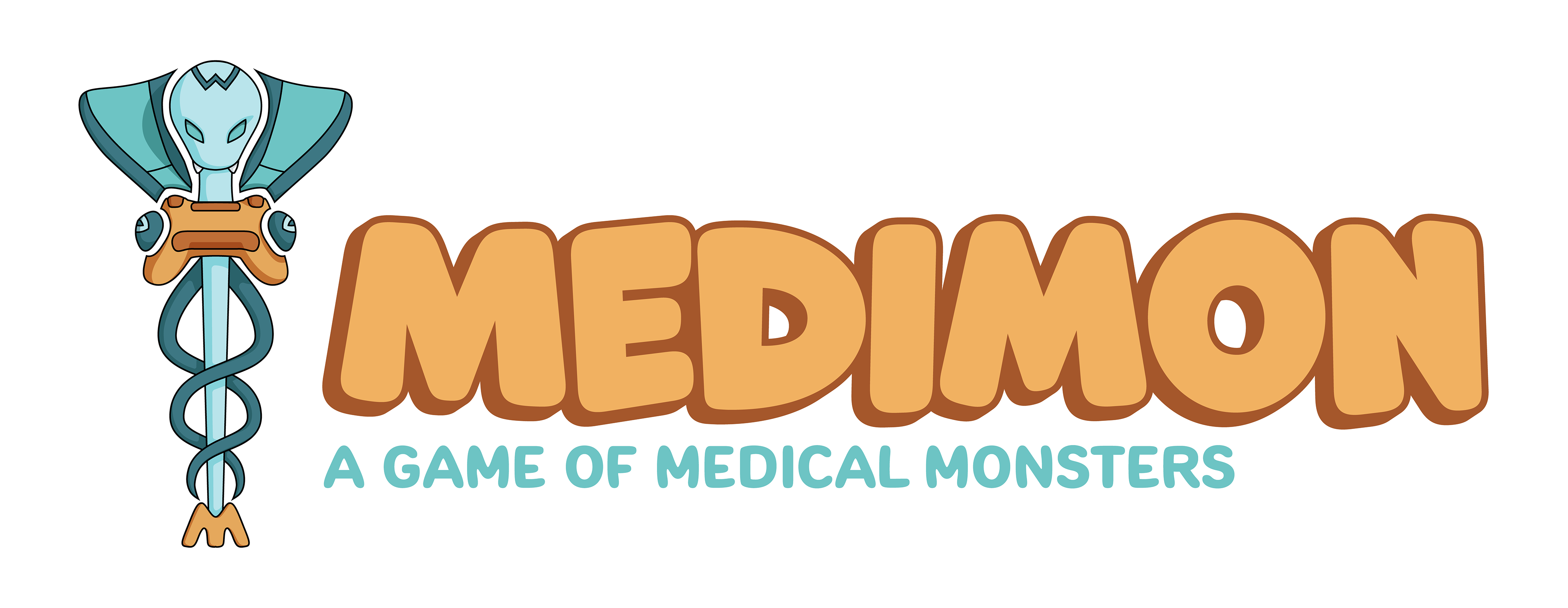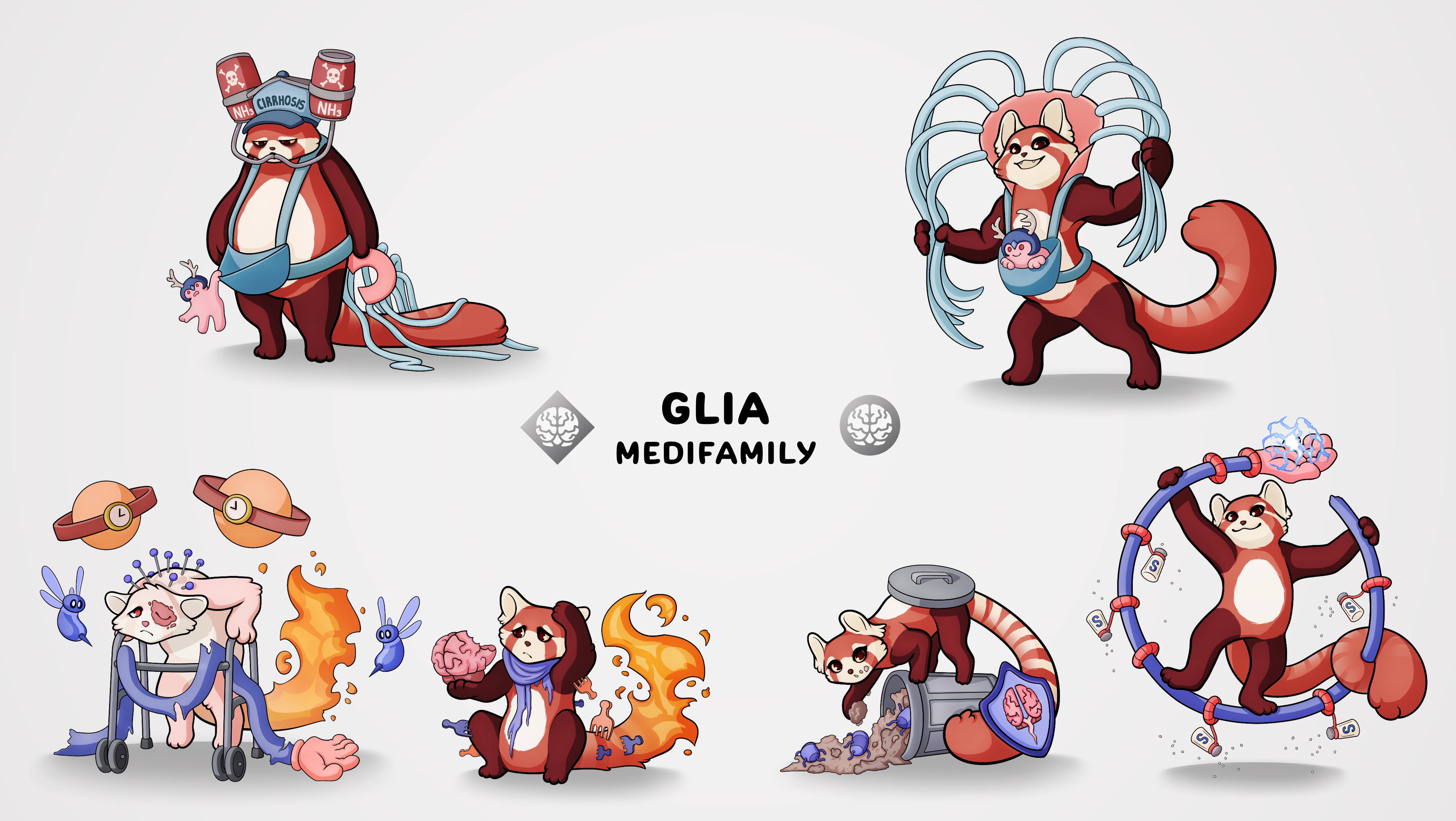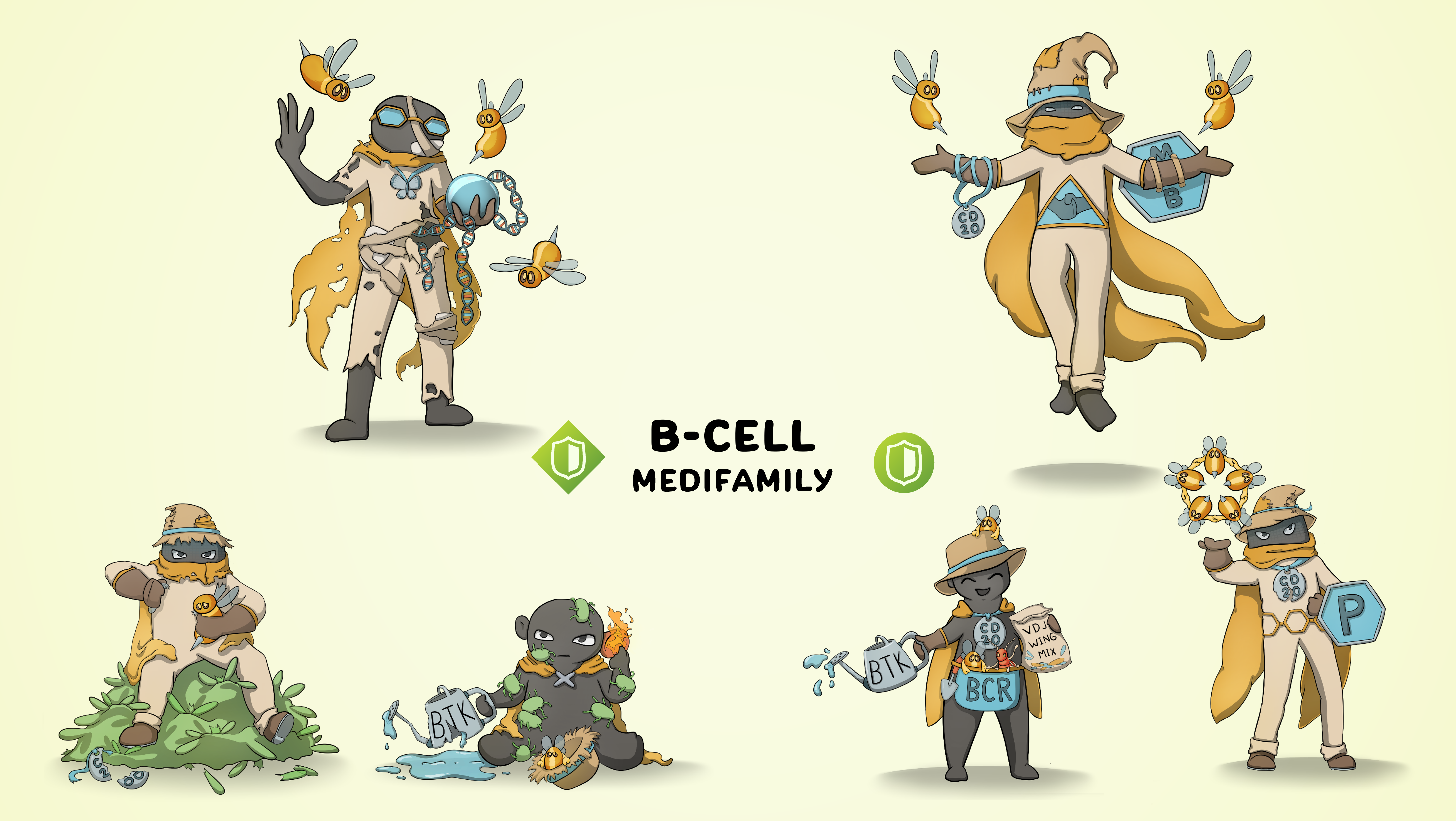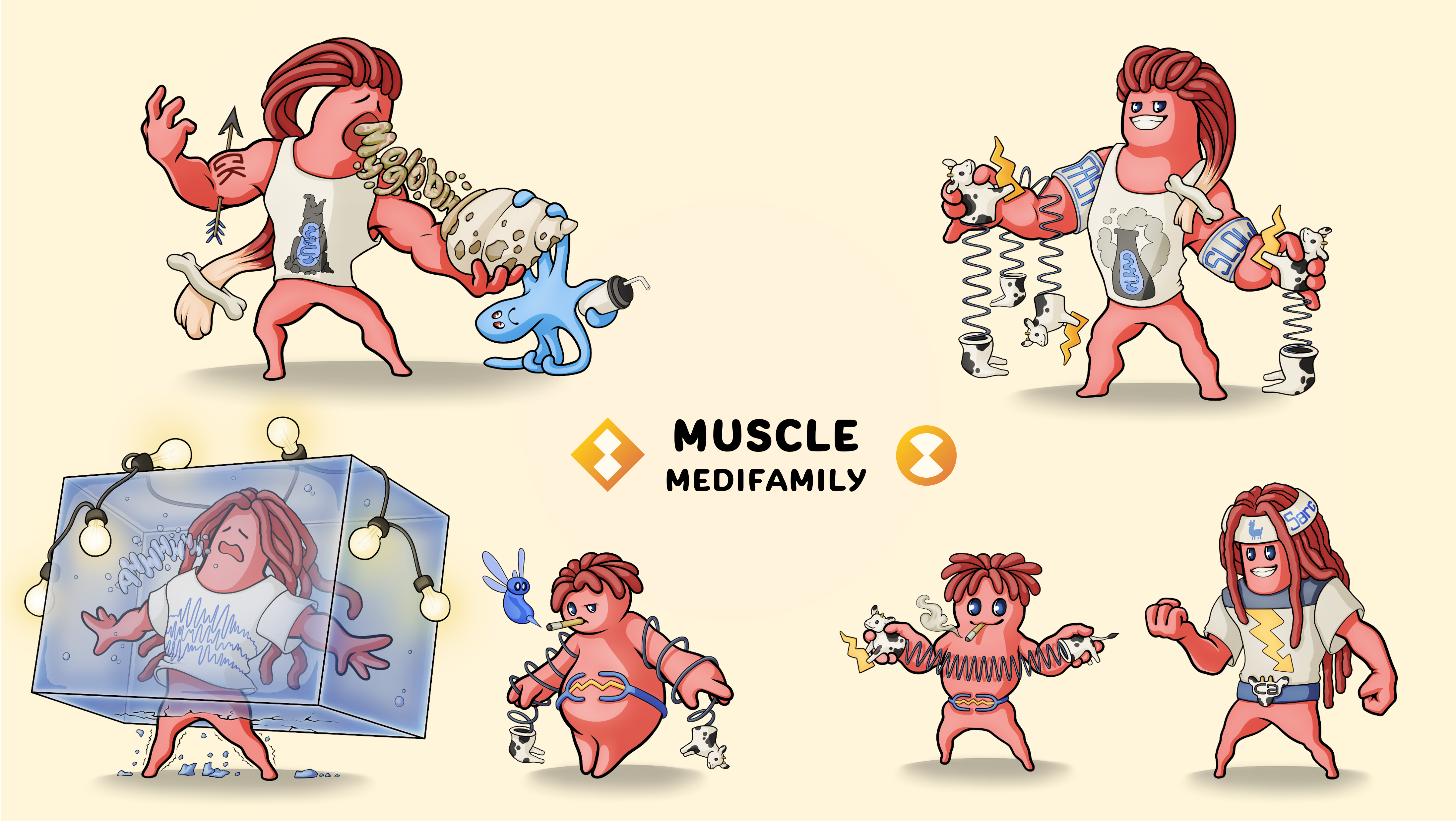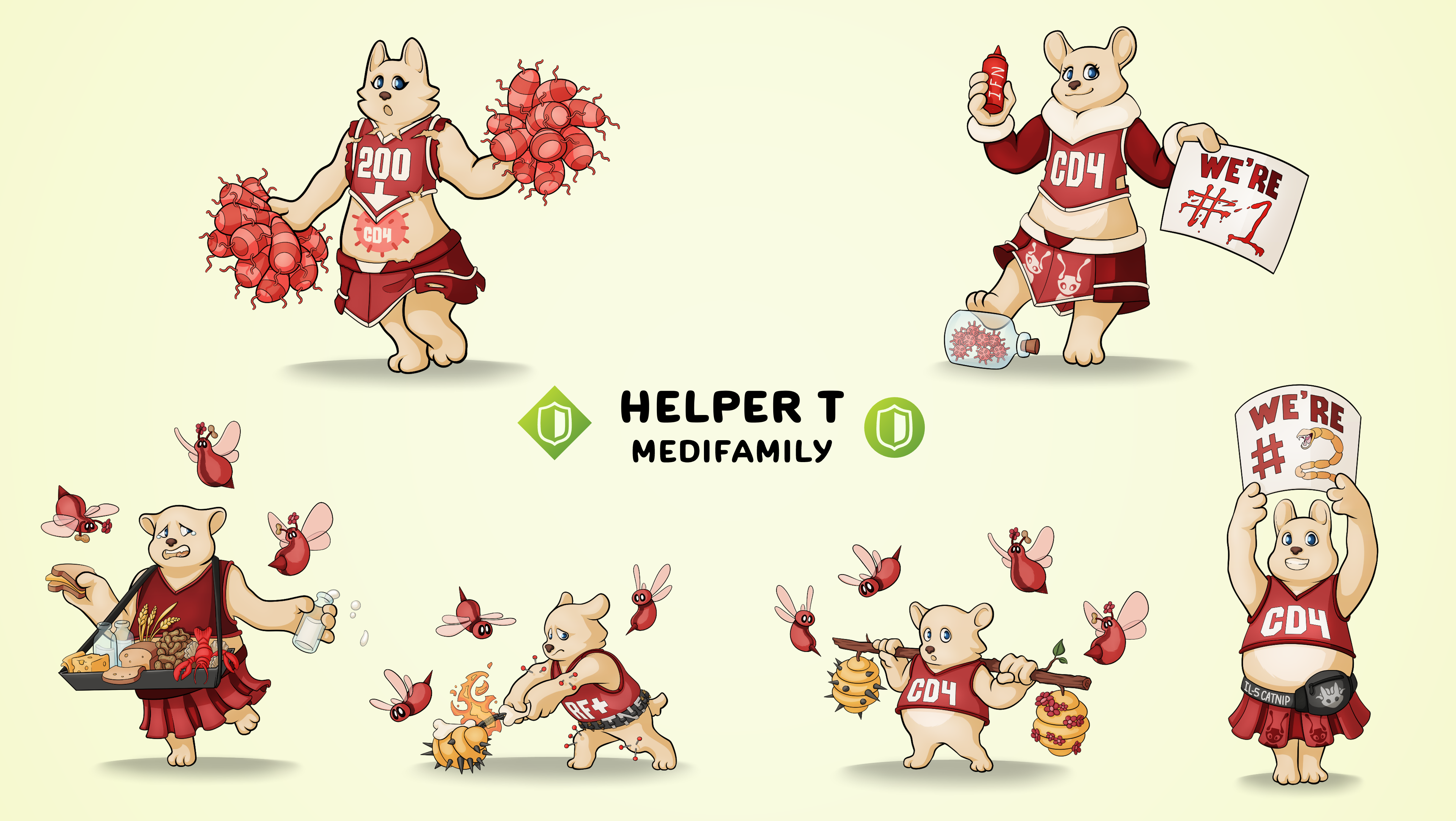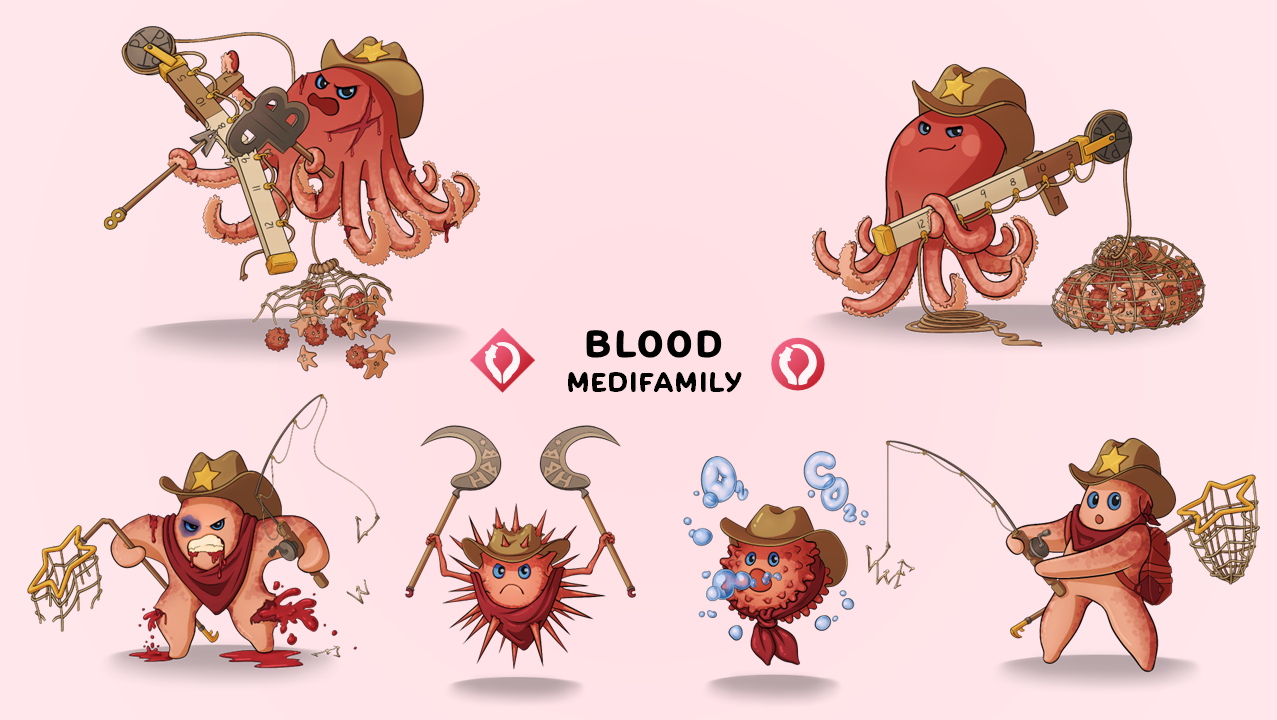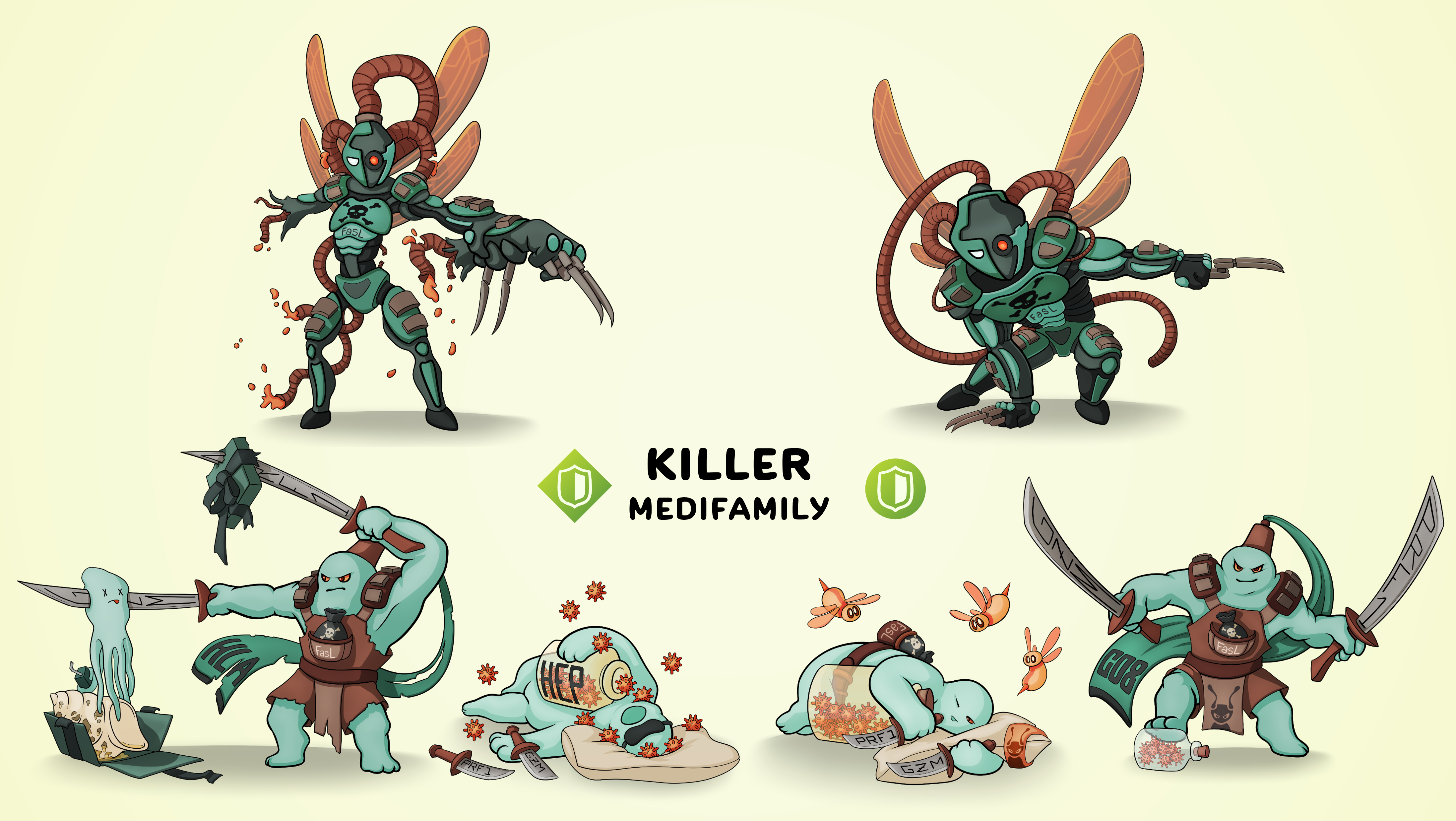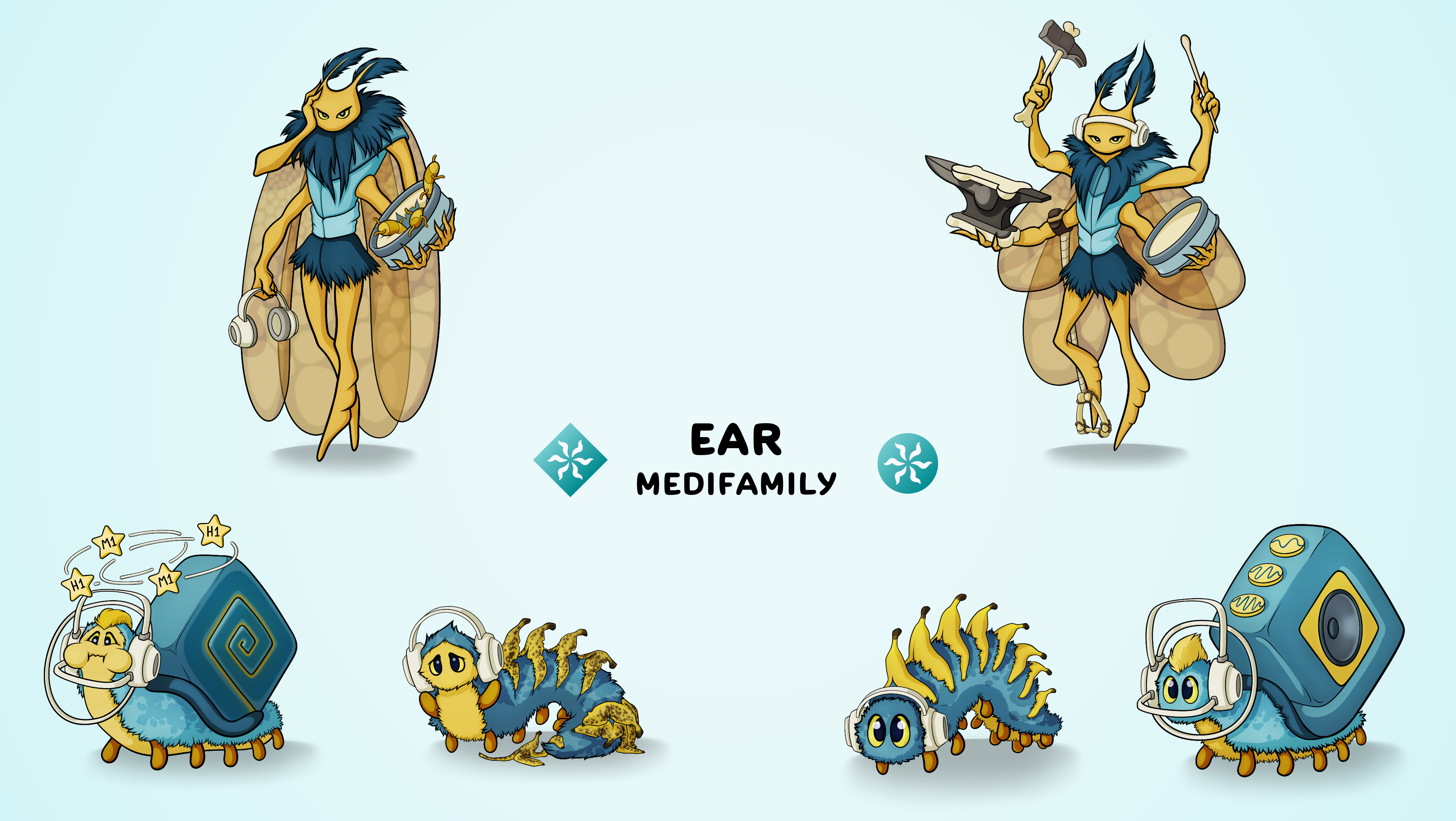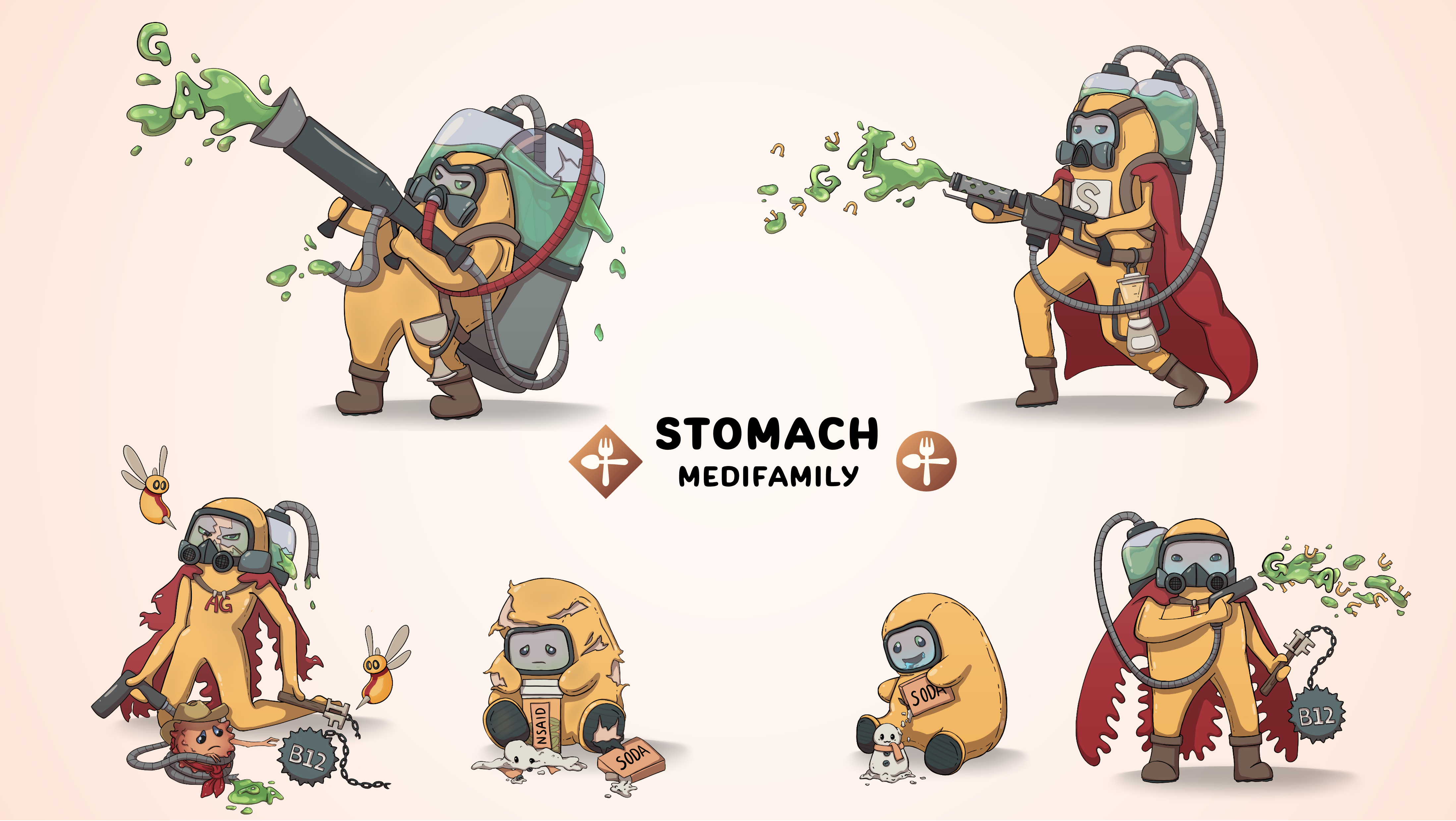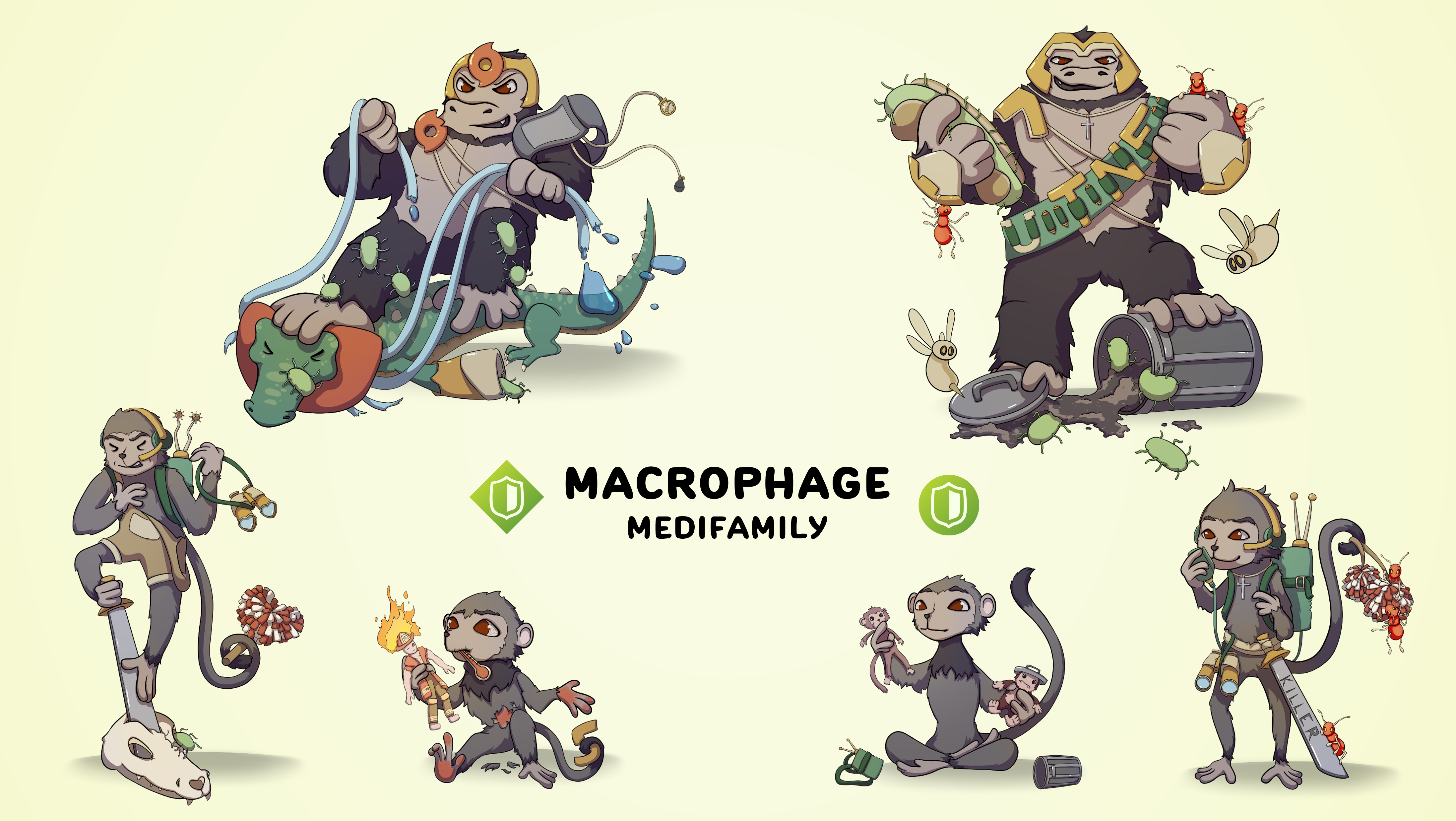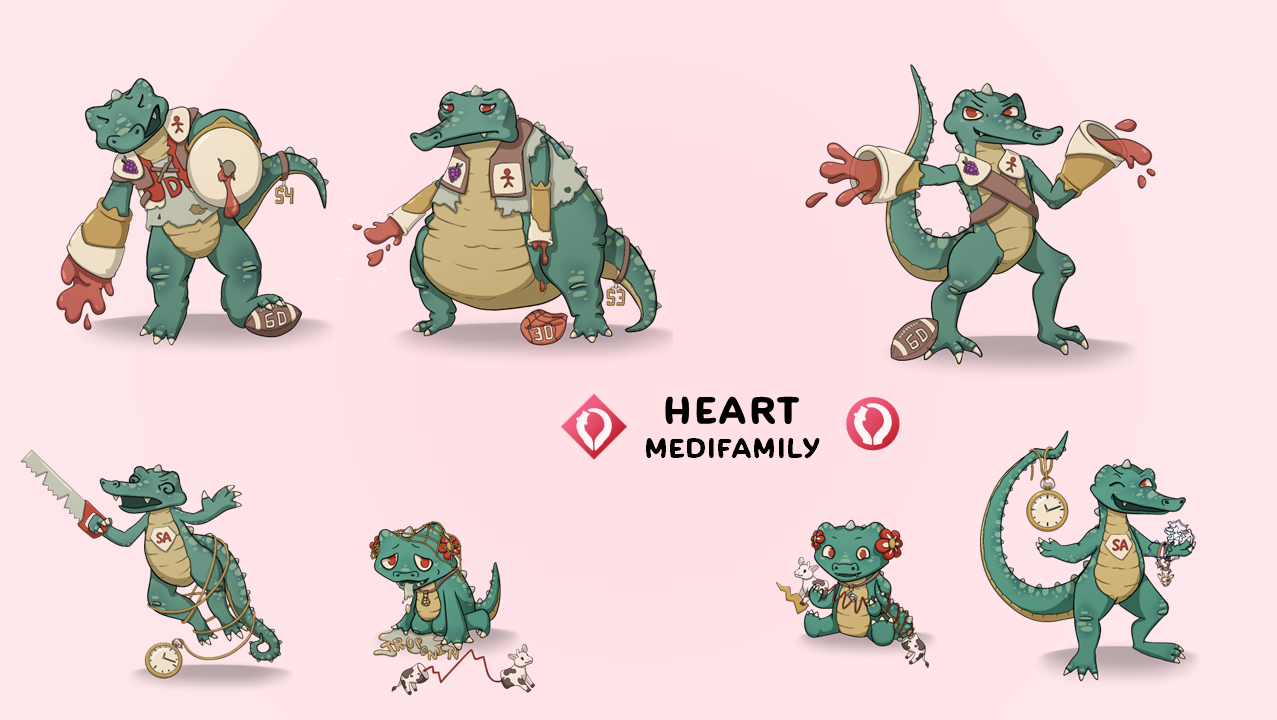Healthy Bone
Osteoclast
Osteoclasts are specialized cells that help to break down bone tissue in our body. This process, called bone resorption, is important for maintaining healthy bones and helps our body regulate calcium levels. Osteoclasts work together with other cells called Osteoblasts, which build new bone, to keep our skeleton strong and stable.
Osteoblast
Osteoblasts are cells that help to build and repair our bones by creating new bone tissue. They work together with other cells called Osteoclasts, which break down old or damaged bone. This teamwork between Osteoblasts and Osteoclasts helps keep our bones strong, healthy, and constantly renewing themselves.
Skeleton
The Skeleton is made up of all the bones in our body, which provide support, protection, and shape. It works with our muscles to help us move, and it also stores important minerals like calcium. In addition, the Skeleton contains bone marrow, which is responsible for producing new blood cells.
Diseased Bone
Osteoporosis
Osteoporosis is a condition where bones become weak and brittle, making them more likely to break or fracture. This happens when the body loses too much bone from osteoclast overactivity. Osteoporosis can be caused by aging, hormonal changes, or a lack of calcium and vitamin D in the diet.
Postmenopausal Osteoporosis
Postmenopausal Osteoporosis is a type of bone loss that affects women after they go through menopause. The decrease in estrogen levels during menopause can lead to a faster breakdown of bone, making them weaker and more prone to fractures. To help prevent this condition, it's important for women to maintain a healthy lifestyle, including a balanced diet and regular exercise.
Paget Disease
Paget Disease is a bone disorder where the normal process of bone renewal and repair is disrupted. This leads to bones becoming weak, enlarged, and misshapen over time. This can occur in any bone of the body but has an affinity to occur in the skull, spine, pelvis, and long bones. The disease can cause pain, fractures, and other complications, but not everyone with Paget Disease experiences symptoms.
Bone Treatment
Osteoporosis -> Osteoclast
Denosumab is a medication used to treat Osteoporosis by blocking a protein called RANKL. By stopping RANKL, denosumab slows down the activity of Osteoclasts, the cells that break down bone. This helps to maintain or increase bone strength, reducing the risk of fractures in people with Osteoporosis.
Postmenopausal osteoporosis -> Osteoblast
Raloxifene is a medication that helps treat Postmenopausal Osteoporosis by acting like the hormone estrogen in some parts of the body. It specifically targets bones, helping to maintain or increase their strength and density. This reduces the risk of fractures and helps to keep bones healthier in women after menopause.
Paget Disease -> Skeleton
Alendronate is a medication that helps treat Paget Disease by slowing down the activity of osteoclasts, the cells responsible for breaking down bone. By doing this, alendronate allows the bone-rebuilding process to catch up and restore a healthier balance. This helps to strengthen bones, reduce pain, and lower the risk of complications associated with Paget Disease.
